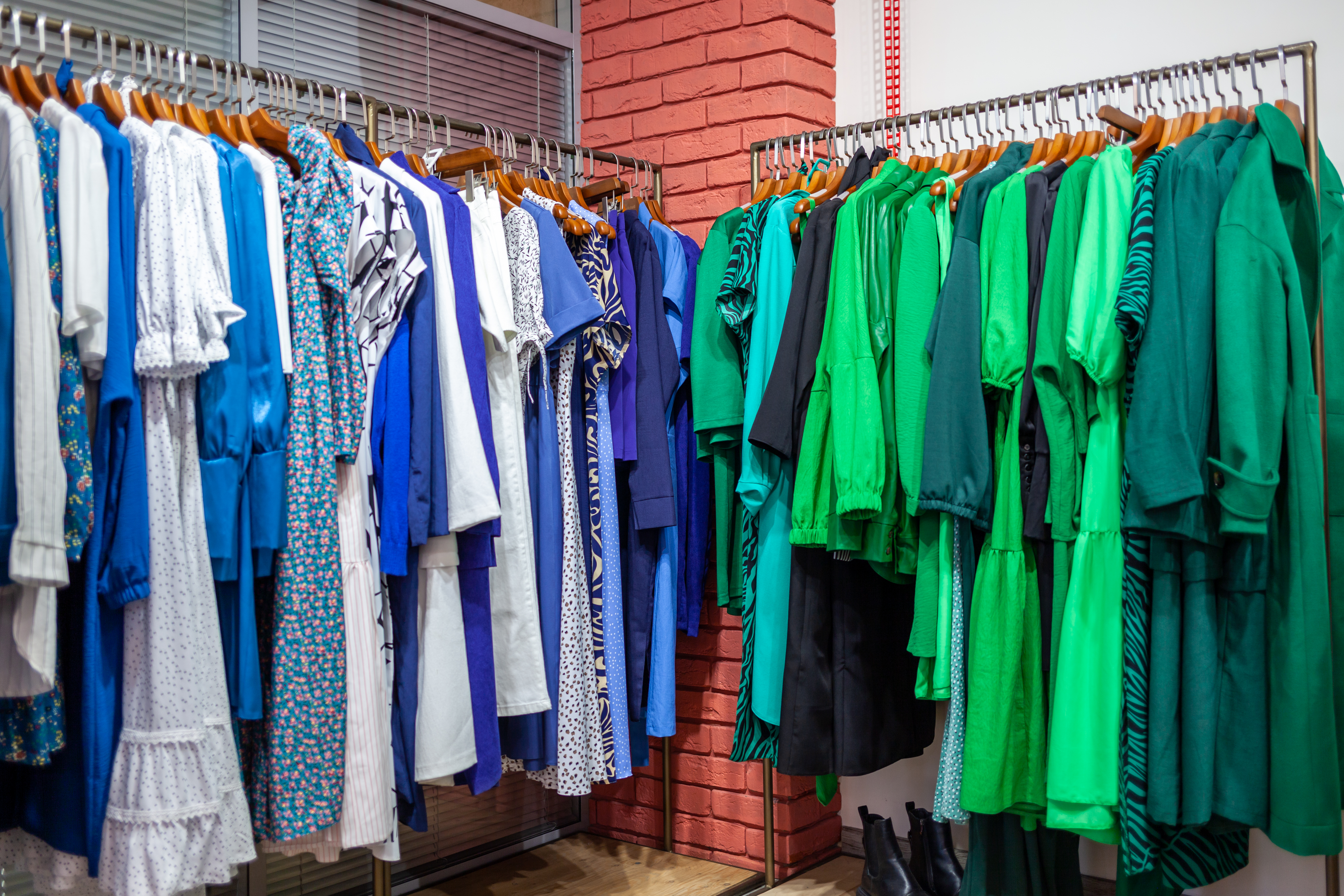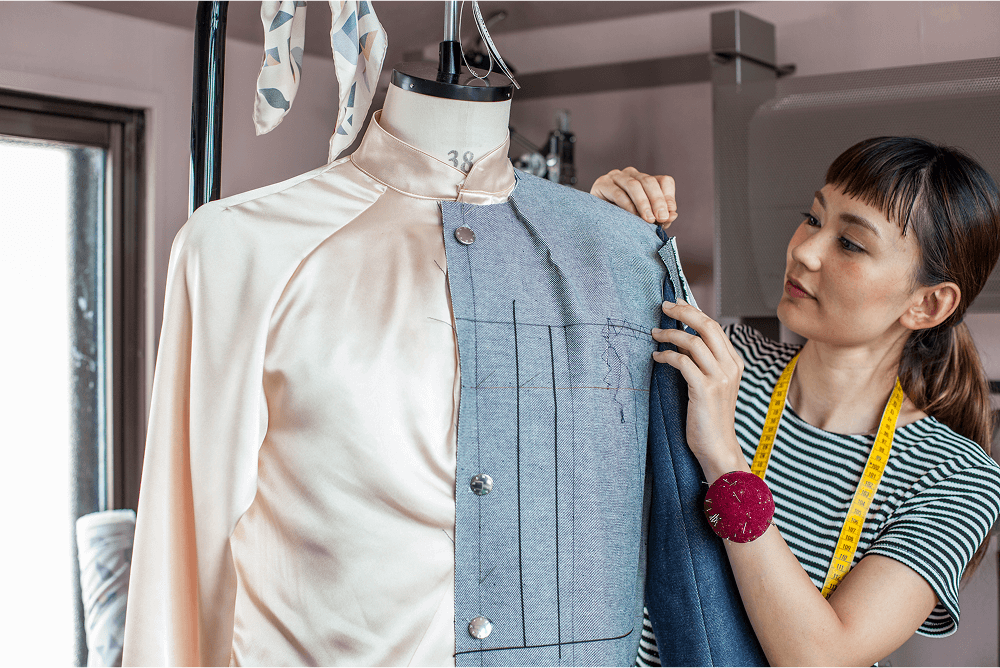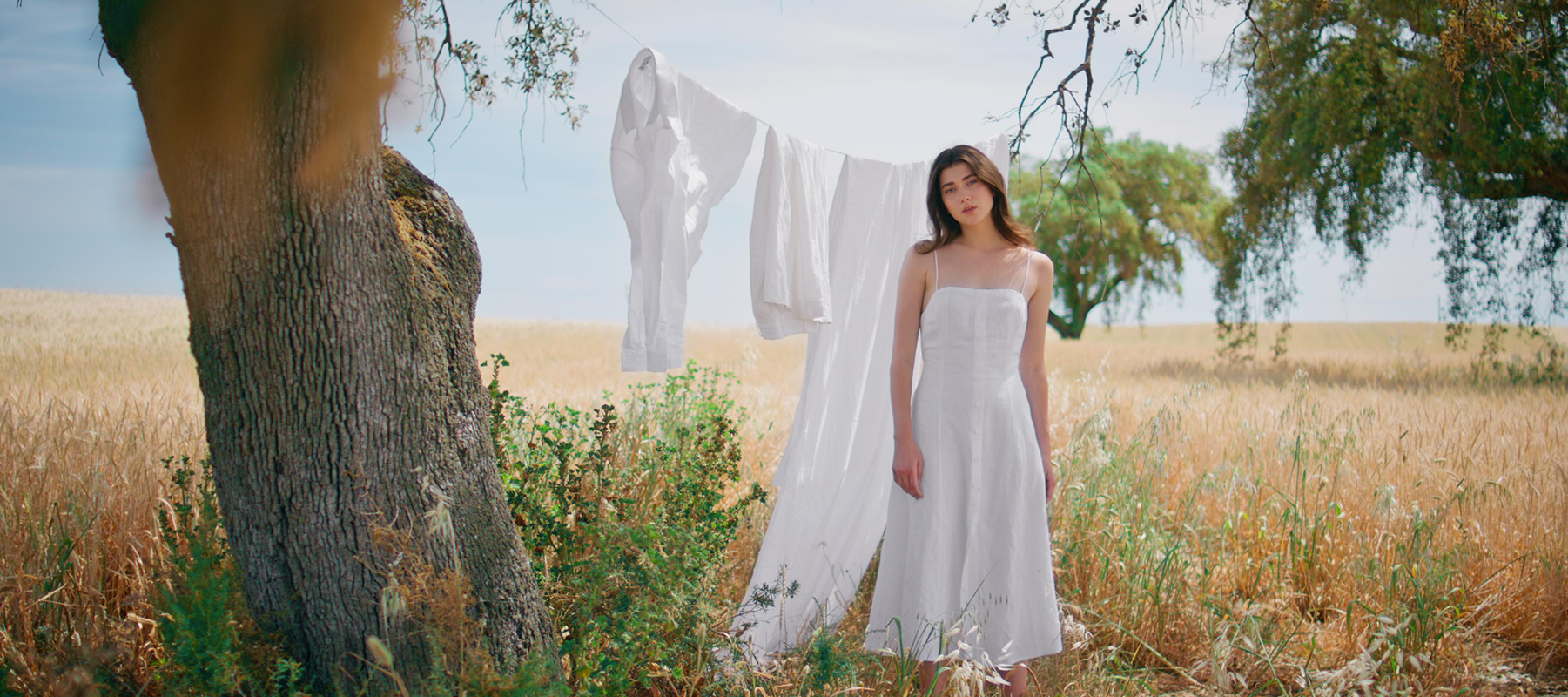Fashion’s Animal-Cruelty Reckoning: What the Data Really Says
Animal-derived materials remain embedded across luxury fashion, but the evidence base has sharpened—and regulators, investors, and consumers are responding. Fur farming has collapsed from ~140 million animals killed in 2014 to ~20.5 million in 2024, driven by national bans and brand commitments. The largest toll, however, comes from less visible categories: silk (hundreds of billions of silkworms annually) and down/wool supply chains with persistent welfare risks (e.g., live-plucking in down, mulesing in Merino wool). For leather, although most hides are by-products of the meat and dairy sectors, fashion demand still ties brands to upstream welfare and traceability failures. For a modern luxury house, the path forward is clear: materially reduce animal inputs, set time-bound transition targets, and deploy verified standards where animal materials persist.
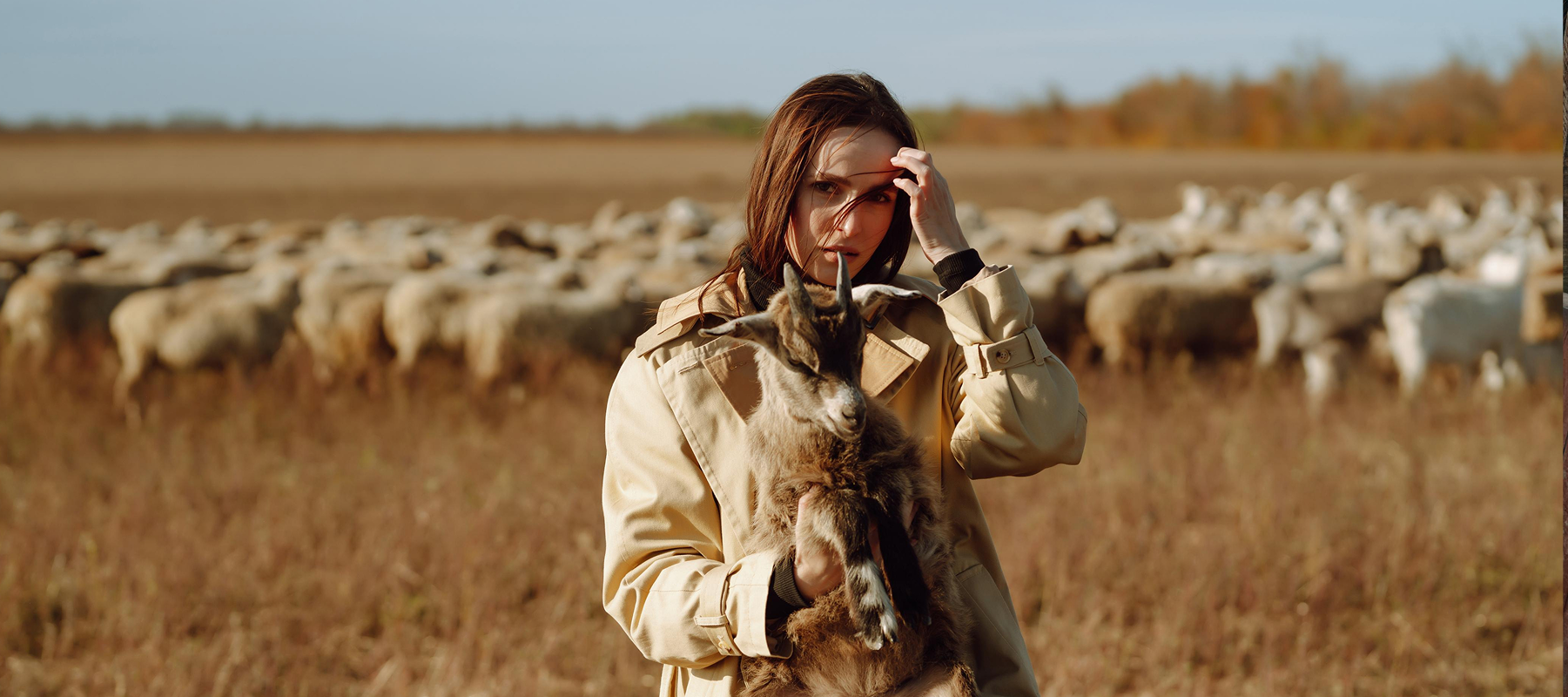
What the numbers show (material by material)
Fur: a rapid structural decline
Global fur farming fell from ~140 million animals in 2014 to ~20.5 million in 2024, one of the largest animal-welfare shifts of the century. Policy bans across more than 25 countries, along with brand commitments, accelerated this collapse. Yet, investigations continue to expose ongoing welfare breaches, particularly in Europe.
Silk: The Biggest but Least Discussed Kill Count
Each year, ~420 billion to 1 trillion silkworms are killed when cocoons are boiled before metamorphosis. While “peace” or “ahimsa” silk exists, it remains a tiny niche compared to industry demand.
Wool: Progress, but the Mulesing Gap Remains
In Australia, 58% of Merino producers still mulesed ewe lambs in 2023. While more than 400 brands have pledged to eliminate mulesing by 2030, only ~15% of Australia’s Merino clip is declared non-mulesed today.
Down & Feathers: From Live-Plucking to Standards
The Responsible Down Standard (RDS) bans live-plucking and force-feeding, but adoption remains inconsistent across brands. Opaque collection systems continue to present core risks.
Leather: A By-Product, Still a Brand Responsibility
Leather is primarily a by-product of meat and dairy industries, yet fashion inherits upstream welfare and traceability issues. Governance remains weakest at the farm and slaughter level, where visibility is scarce.
Exotic Skins: Tightening Trade and Risk
India and other countries have introduced import and export restrictions on reptile skins and certain furs, while global trade oversight remains high via CITES. NGO and media scrutiny continues to expose reputational risks.
Demand Is Shifting—Slowly
Consumer sentiment is ahead of industry action: in 2024, 27% of respondents said they avoid animal-based fashion, but only 4% of brands have clear reduction commitments. Luxury houses are fur-free, yet gaps remain in silk, wool, down, and exotics.
Media coverage in 2025 notes pockets of consumer drift back to animal leather due to durability concerns with early faux leathers—highlighting the need for better bio-based or lab-grown alternatives that meet luxury performance specs.
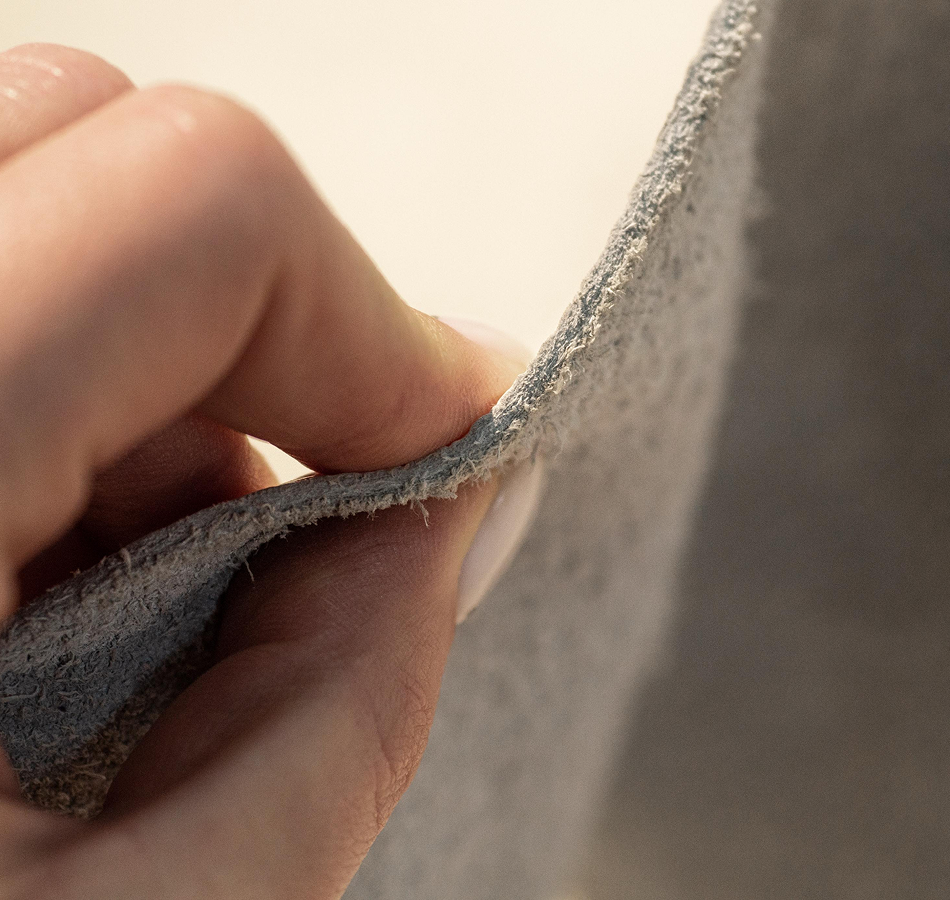
What This Means for Luxury Strategy
1. Treat Animal Welfare as a Core Enterprise Risk
Fashion must address animal inputs as legal, financial, and reputational risks, not just PR issues.
2. Set Material-Specific Targets
Phase out fur and exotics, cut silk volumes, enforce non-mulesed wool, and require RDS-certified down.
3. Invest in Next-Gen Materials
Plant-based leathers, mycelium, and regenerated fibers are promising but require honest performance disclosure before scaling.
4. Make Traceability Visible
Brands should publish audit coverage, certificate IDs, and corrective action timelines to build trust.
5. Align with Policy Before It Lands
Anticipate country bans and market restrictions before they disrupt product lines.
Verdure Atelier’s Stance
Verdure Atelier commits to:
- No fur, exotics, live-plucked down, or mulesed wool.
- Silk minimization, with an 80% reduction in virgin silk by 2028.
- Leather only from traceable, low-risk origins—or non-animal alternatives that meet durability standards.
We will publish clear metrics: % animal-derived material by weight and SKU, % covered by third-party standards, audit closure rates, and year-on-year reduction (target: –50% by 2029).
Verdure Atelier’s stance (policy excerpt we will publish on va.com)
No fur, no exotics, no live-plucked down, no mulesed wool
Immediate and permanent. (Down retained only with RDS; wool retained only with RWS/ZQ and verified non-mulesed declarations.)
Silk minimisation roadmap
Reduce virgin filament silk use by ≥80% by 2028; any remaining silk will be recycled waste silk or verified ahimsa silk with transparent sourcing notes
Leather policy
Prioritize non-animal alternatives that meet durability thresholds; where animal leather is used in legacy or repair contexts, disclose country of origin and slaughter/transport welfare criteria; avoid high-risk origins identified in independent profiles
Public Accountability
Animal-derived material share (by weight): ≤8% (FY26), ≤6% (FY27), ≤4% (FY28), ≤3% (FY29)
SKUs with any animal input: ≤12% (FY26), ≤8% (FY27), ≤5% (FY28), ≤3% (FY29)
Third-party coverage: 100% RDS for down and 100% RWS/ZQ for wool by Dec 2026
Corrective actions closed in 90 days: ≥95% each quarter, ≥98% by FY28
YoY reduction in animal inputs (vs FY25): −20% (FY26), −15% (FY27), −15% (FY28), −15% (FY29) → ≥50% cumulative reduction by 2029
Methodology & Sources
No innovation stands alone. Verdure Atelier thrives through partnerships that connect regenerative farming, advanced material science, and dignified craftsmanship.
It also incorporates NGO and certification insights from the Leather Working Group, Textile Exchange, and Four Paws, as well as reporting from Vox, AP News, and Rethink Priorities.
Together, these sources provide a consolidated picture of how animal-derived materials are produced, regulated, and perceived across the fashion industry.

Luxury can no longer rely on heritage narratives to justify animal inputs. The data favors accelerated, verified reduction paired with high-performing alternatives. Verdure Atelier will report progress twice yearly—because true luxury must be life-affirming, not life-extractive.





